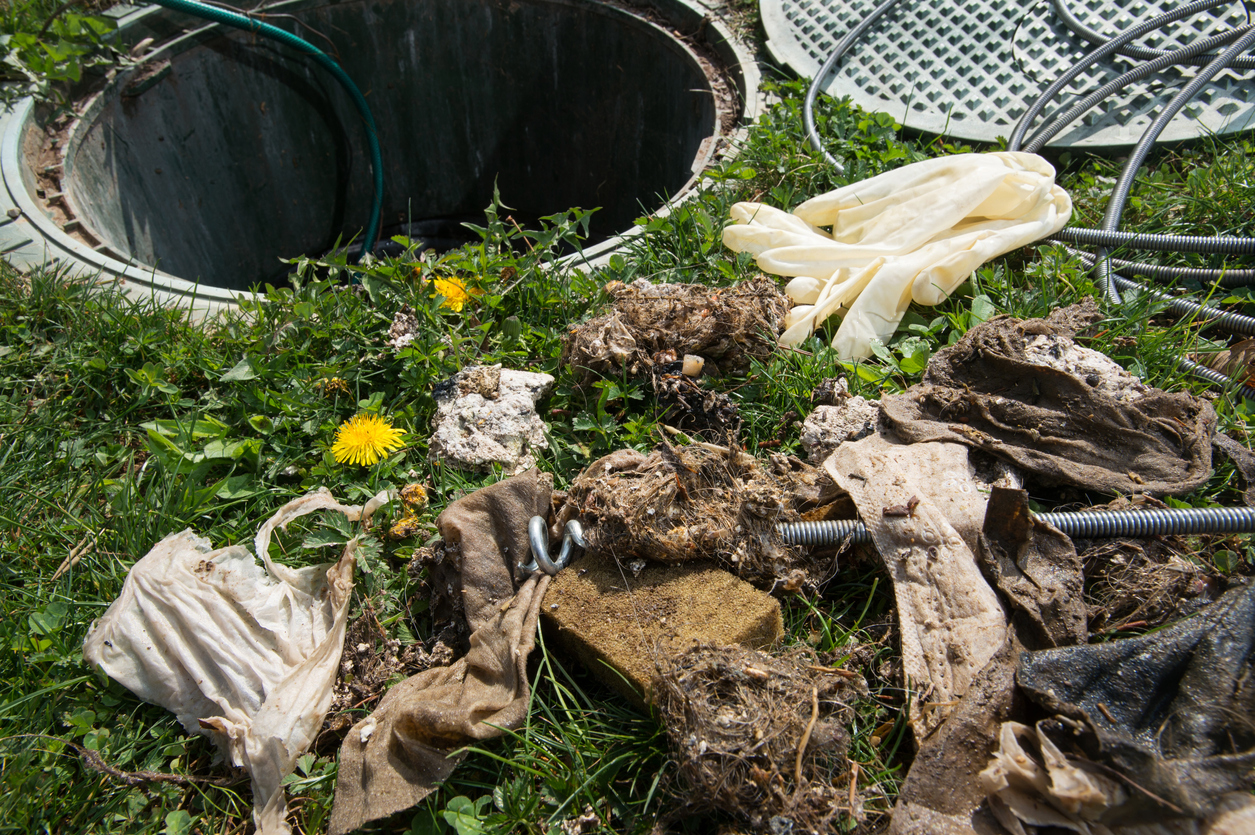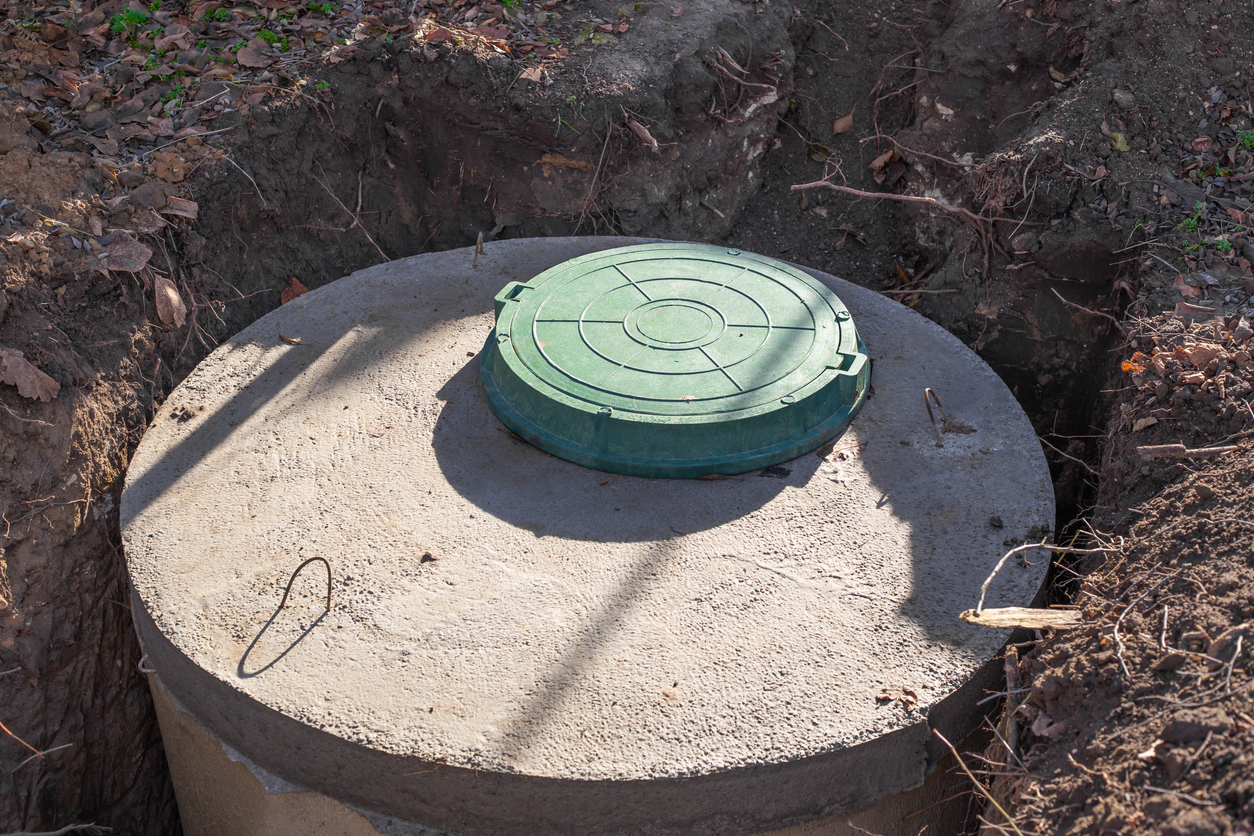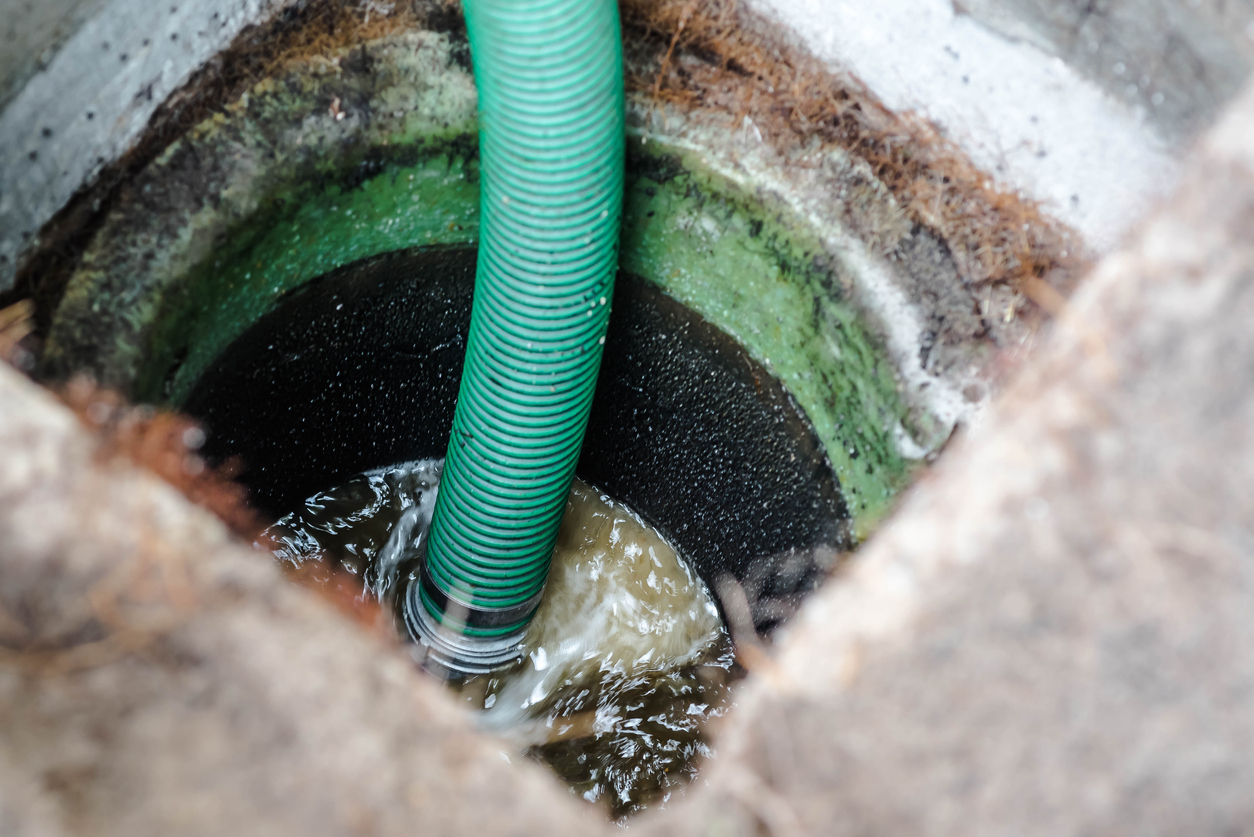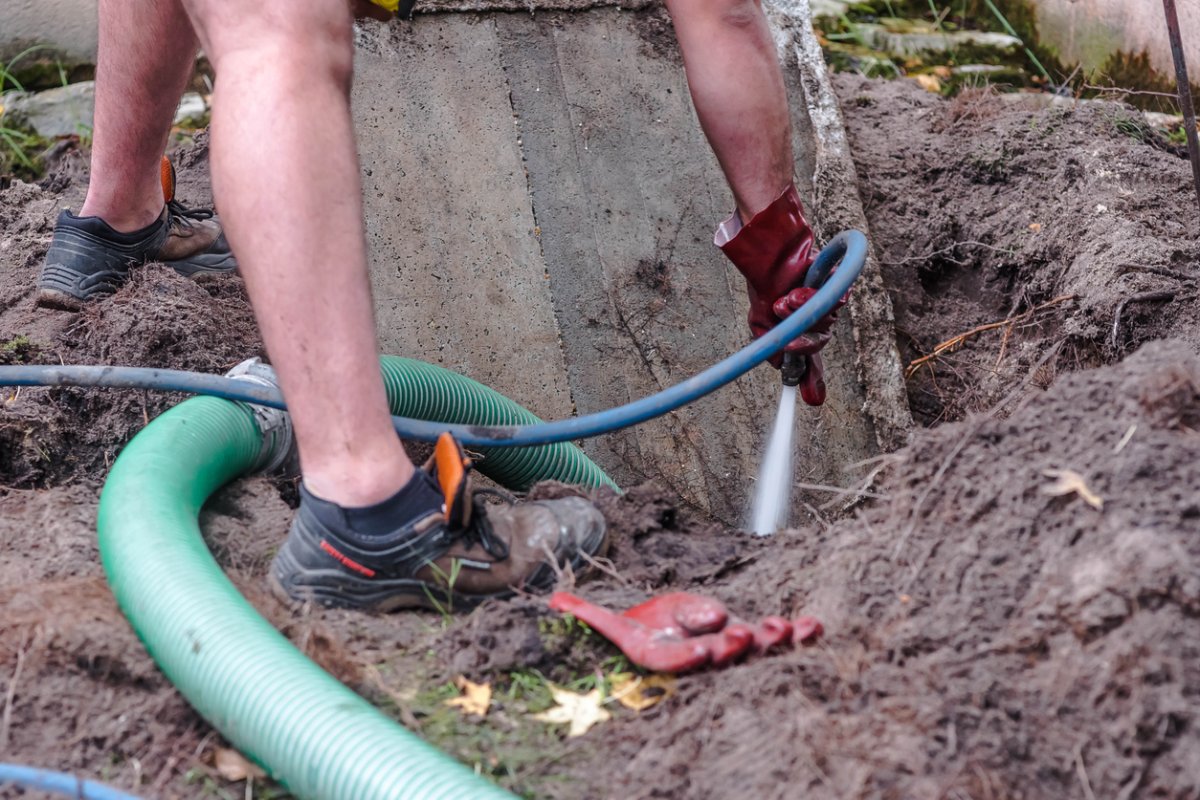We may earn revenue from the products available on this page and participate in affiliate programs. Learn More ›
Q: The home I’m purchasing has an old concrete septic tank, but I’m not exactly sure of its age. I’ve never lived in a home with a septic tank, so I don’t know how soon it will need to be replaced or if I should start saving money right now. How long do septic tanks last?
A: If you are unsure of the age of a septic system, ask for an estimate from a septic contractor or—if you are considering purchasing a property—a home inspector. They can usually estimate the age by examining the tank, piping materials, and other visible parts.
You may also be able to determine the age of your septic tank by checking with the health department or building department in your city or county. If plans for the septic system were filed, they should indicate when it was installed.
Once you determine the age of your system, don’t jump to worrying about septic tank replacement costs just yet. Age isn’t the only factor to consider, as a variety of things can impact the lifespan of a septic tank.
RELATED: The Best Sewage Pump
On average, a properly installed and well-maintained septic tank can last 20 to 30 years.

Concrete septic tanks, the most common tank type found today, can last quite a long time. Generally speaking, concrete tank owners don’t need to think about septic tank replacement hassles for about 20 to 30 years. With proper maintenance, a high-quality concrete tank might even last as long as 40 years.
If you want to maximize your septic tank’s lifespan, regular pumping is essential. Contact a professional septic tank service company to pump your tank every 2 to 3 years. When contracting a service company to pump your septic tank, ask them to also inspect your system to look for any potential issues that could require repairs. Identifying and repairing these failures can also help your tank last longer.
In addition to regular pumping, you can also extend the life of your septic tank by being careful about what you flush down the toilet. Items that should never make their way into your septic system include (but aren’t limited to):
- Hazardous waste
- Disposable diapers
- Cat litter
- Coffee grounds
- Paper towels
- Pads or tampons
- Cigarette butts
- Fat or grease
- Paint thinner
- Insecticide
- Gasoline
Steel septic tanks can corrode and weaken after about 15 years.
The materials a septic tank is made of can greatly impact its lifespan. Older septic systems may have a steel tank. Steel septic tanks have a shorter lifespan than concrete tanks, lasting only about 15 to 20 years. Steel tanks don’t last as long because they can rust, which can cause leaks and failure.
Depending on where you live, steel septic tanks may be illegal. This is because steel tanks’ tendency to rust and corrode makes it possible for them to collapse, which is a potential health hazard for homeowners, neighbors, and animals.
Acidic soil and groundwater can shorten the life of a septic tank.

If you live in an area with very acidic soil, it can significantly decrease your septic tank’s lifespan. Acidic groundwater and soil can corrode a concrete tank, causing septic systems to fail sooner than they otherwise may have. Conversely, if you live in an area with more neutral, high-quality soil, it’s possible your septic tank could last longer than 40 years with proper care.
Other environmental factors can also play a role in determining how long a septic tank will last. If there are trees or bushes anywhere near your septic tank, their roots could grow up against or even into the system’s pipes. This can lead to clogs, leaks, or even burst pipes.
Home additions can cause overcapacity of a septic tank.
You may need to begin budgeting for the cost of replacing a septic tank earlier than usual if you’ve had a home addition built. A septic tank’s capacity is generally based on the number of bedrooms in a home. When determining the ideal capacity of a septic tank for a home, septic tank installers multiply the number of bedrooms by 150 gallons, and then multiply that total by two. (This assumes that there are two people staying in each bedroom and that each person is using about 150 gallons of water per day.)
If a home addition has been constructed since the old septic tank was installed (or if you have more than two people living in one or more bedrooms), the formula used to size the tank might not match your current home size. Exceeding a septic tank’s water capacity can cause the system to fail and result in solid material making its way into the drain field.
RELATED: Sewer Smell in the Bathroom? A Master Plumber Explains What to Do
Keep an eye out for signs of septic system failure.

A septic tank is just one piece of a septic system designed to remove pollutants from wastewater. When working properly, it releases clean water into the soil without posing environmental harm. However, you should be prepared to identify signs of septic system failure.
If you notice any of the signs below, then it could be time to start thinking about how much it costs to replace a septic tank. It’s likely time for a tank and/or septic drain field replacement if you notice any of these common signs:
- Slow drainage
- Sewage or wastewater backup in drains, toilets, or sinks
- Gurgling noises
- Foul odor indoors or near the septic drain field
- Damp soil around the septic field lines or drain field
- Area(s) of greener grass over the drain field
- Abnormal algae blooms in lakes or ponds on or near your property


